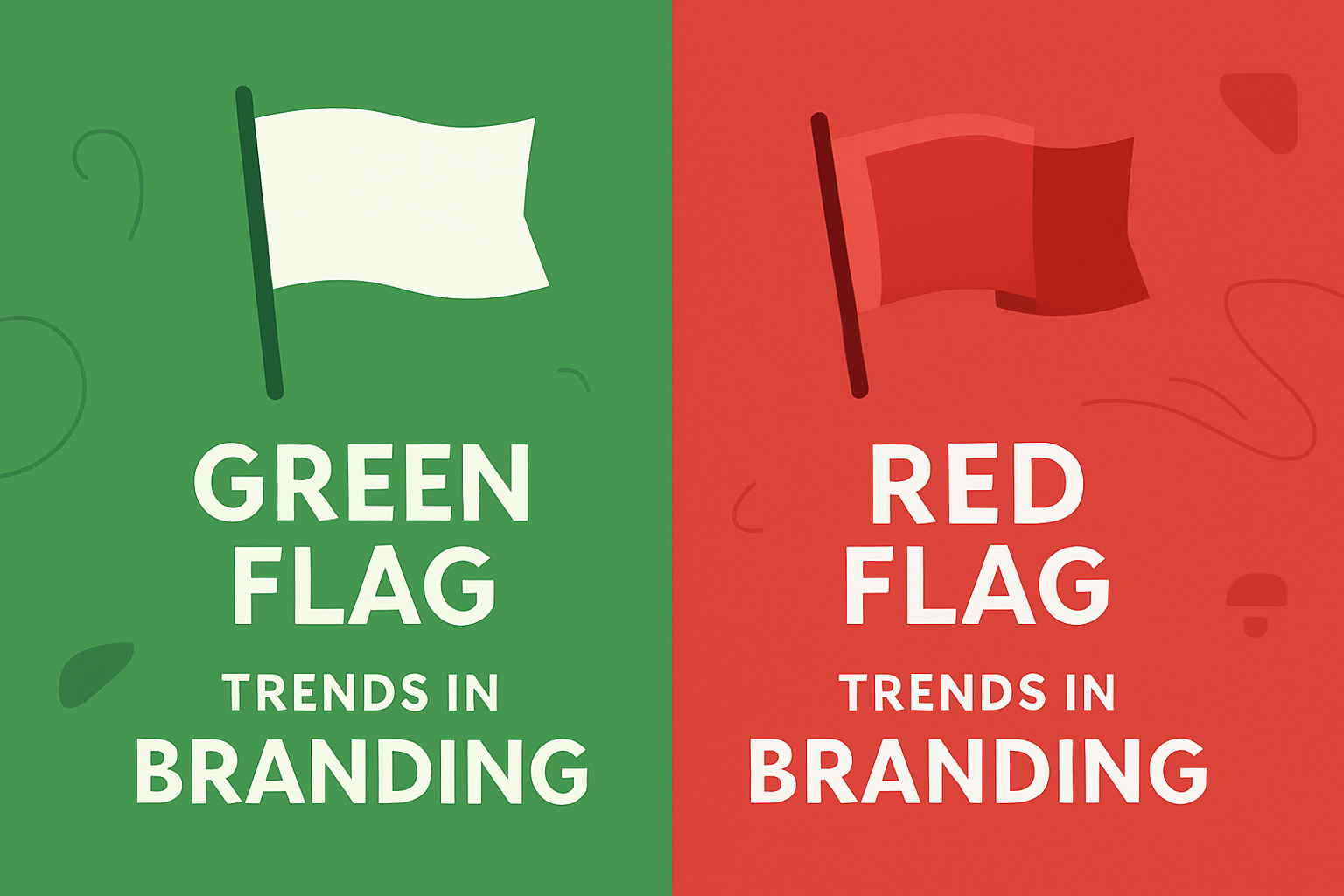For decades, branding was a one-way conversation. Companies spoke, customers listened, and the most rebellious thing a brand could do was change its logo from serif to sans serif. Then Gen Z arrived, born between 1997 and 2012, and threw the whole manual out the window.
This is the generation that grew up with iPhones in their pockets, TikTok on their screens, and a healthy suspicion of anything that feels fake. They don’t just buy products; they buy identities, values, and vibes. And whether brands are ready or not, Gen Z is quietly rewriting the rules of branding.
Let’s unpack exactly how they’re doing it, and why every brand that wants to stay relevant should be paying attention.
Rule #1: Authenticity Over Aesthetic
For millennials, perfect Instagram feeds with matching colors and flawless flat lays were the dream. For Gen Z? Not so much. This generation doesn’t trust “too perfect.” In fact, they actively avoid brands that look overly polished because it feels… staged.
Gen Z wants real stories, messy behind-the-scenes moments, and proof that your brand is run by actual humans. A raw iPhone photo of your team laughing over a coffee spill might resonate more than a glossy studio shot.
Old rule: Always present a picture-perfect image.
Gen Z rule: Keep it real, even if that means showing the flaws.
Rule #2: Community Is the New Currency
Gen Z doesn’t want to be “marketed to”; they want to feel like part of something. The most successful brands are the ones that create spaces where people connect, share, and contribute.
It’s why you’ll see brands hosting Discord servers, engaging in comment sections like actual people, and inviting customers to co-create products or vote on designs. Gen Z isn’t just buying; they’re collaborating.
Old rule: Build a loyal customer base.
Gen Z rule: Build an active, engaged community.
Rule #3: Purpose Comes Before Product
If your brand doesn’t stand for something, Gen Z will scroll right past you. They want to know your values before they care about your features. And no, “We care about the planet” slapped on your packaging doesn’t cut it — they’re looking for proof.
This is a generation that does its homework. If you claim to be sustainable but your supply chain tells another story, they’ll call you out. Loudly. Brands that walk the talk win big with Gen Z.
Old rule: Lead with the product benefits.
Gen Z rule: Lead with your purpose and prove it.
Rule #4: Humor is a Branding Superpower
Gen Z’s humor is fast, absurd, and self-aware. They grew up in the meme era, where a single image with the right caption could become a cultural phenomenon overnight.
Brands like Duolingo, Wendy’s, and Ryanair have leaned into this, posting chaotic, unfiltered, and genuinely funny content. The trick? It doesn’t feel like “marketing.” It feels like your witty friend is sending you something in the group chat.
Old rule: Keep your tone professional.
Gen Z rule: If it’s funny and relatable, it works.
Rule #5: Multi-Platform, Multi-Personality
Millennials might have followed brands across Facebook, Instagram, and Twitter, expecting the same vibe. Gen Z doesn’t. They understand that TikTok content is chaotic, Instagram is curated, and LinkedIn is (sort of) serious. They expect brands to adapt their personality to fit each platform instead of copying and pasting the same post everywhere.
The brands winning Gen Z’s attention are creating platform-specific content, snappy TikTok videos, aesthetic Instagram posts, witty X (Twitter) replies, and community polls on Discord.
Old rule: Maintain one consistent tone across all channels.
Gen Z rule: Adapt your voice to fit the room.
Rule #6: Co-Creation > Consumption
This is the DIY generation. They grew up customizing their phone cases, editing their videos, and making their own memes. So it’s no surprise they want to have a hand in shaping the brands they love.
Limited-edition drops designed with fans, user-generated ad campaigns, and open calls for creative ideas are all strategies that win Gen Z loyalty. When they help create it, they feel a sense of ownership.
Old rule: The brand creates, the customer buys.
Gen Z rule: The brand and customer create together.
Rule #7: Transparency Isn’t Optional
Gen Z is the fact-check generation. They know how to dig up receipts, cross-check information, and hold brands accountable. If you try to hide behind vague claims, they’ll find out.
This has led to more brands sharing behind-the-scenes manufacturing videos, introducing the people who make the products, and breaking down pricing structures. It’s not just about honesty; it’s about inviting people into the process.
Old rule: Keep operations behind the curtain.
Gen Z rule: Open the curtain and show how it’s done.
Rule #8: Micro-Influencers Over Mega-Stars
Sure, they know who the Kardashians are, but Gen Z is more likely to trust the skincare tips of a micro-influencer with 20,000 followers who actually answers comments than a celebrity with 200 million followers who never engages.
Authenticity and relatability matter more than reach. Micro-influencers feel like real people living real lives — and their recommendations carry more weight.
Old rule: Bigger influencer = bigger impact.
Gen Z rule: Real influencer = real impact.
Rule #9: Ethics in Aesthetics
This generation notices the little things, like whether your models are diverse, whether your campaigns are accessible to people with disabilities, or whether your visuals reflect real-world body types.
Brands that bake inclusivity into their visuals (instead of making it a one-off campaign) score major points. This isn’t about ticking boxes, it’s about making inclusivity part of your identity.
Old rule: Aesthetic first, ethics second.
Gen Z rule: Ethics are part of the aesthetic.
Rule #10: Attention is Earned, Not Demanded
Gen Z has grown up in the ad-skip era. They don’t tolerate being interrupted by boring or irrelevant marketing. If they give you their attention, it’s because you’ve earned it by offering value, whether that’s entertainment, inspiration, or genuinely useful information.
Brands have to work harder to be part of the feed instead of an unwanted intrusion. That’s why you see more content marketing, collaborations, and experiential campaigns designed to delight instead of just sell.
Old rule: Push your message as loud as you can.
Gen Z rule: Make your message so good that they come to you.
What This Means for the Future of Branding
Gen Z’s branding playbook is less about control and more about connection. They want brands that act like humans, talk like friends, and live by their values. They’re skeptical of perfection, allergic to inauthenticity, and quick to reward transparency.
The real kicker? These “Gen Z rules” aren’t going to stay in Gen Z. As their preferences become the norm, brands across all demographics will have to adapt.
So, if your brand still lives by the old rules, polished perfection, one-way messaging, vague values, it might be time to start rewriting your own rulebook. Because in the age of Gen Z, branding isn’t about looking good. It’s about being real, relatable, and ready to hand them the pen.






